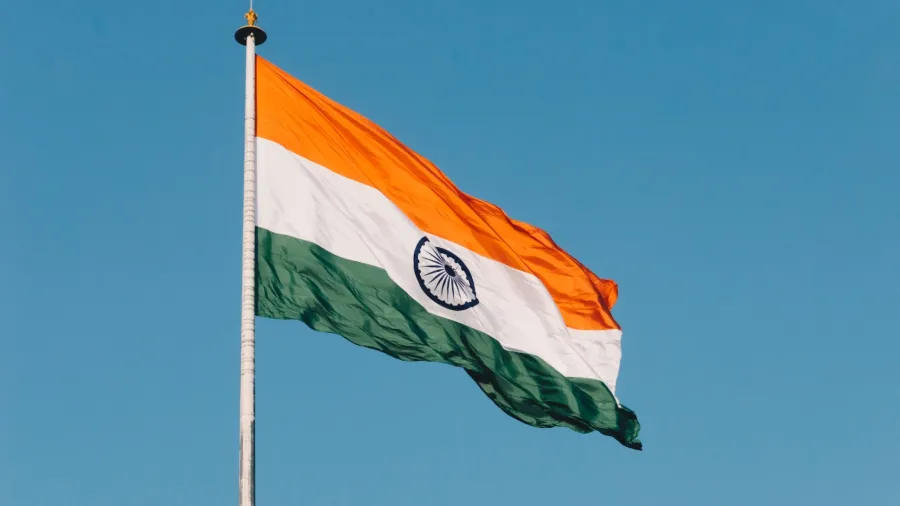
Indian banks’ profits to stabilize; weak assets to persist for some
Weak assets are expected to make up 5.2% of gross loans for FY2023.
The Indian banking sector’s profitability is expected to stabilitize “at a healthy level” and asset quality will continue to improve, said S&P Global Ratings.
Lenders have just reported their best results in a decade, the ratings agency noted in a report, benefitting from higher net interest margins and lower costs.
"The sector has improved substantially in the past seven years, from a period when many public-sector lenders were grappling with bad loans," said S&P Global Ratings credit analyst Deepali Seth Chhabria.
Chhabria estimates systemwide return on average assets (ROAA) at 1.2% for FY2023, which ended on 31 March.
Systemwide ROAA will likely hover around 1.1% in the year for FY2024.
The formation of new non-performing loans (NPLs) will remain at cyclical low levels, despite pressure from higher interest rates, said S&P credit analyst Geeta Chugh.
"A recovery in written-off accounts is also boosting the profitability of banks,” Chugh added.
ALSO READ: Singapore’s finance and insurance industry shrank 0.9% in Q1
However, whilst Indian banks' improvements are significant, they are not universal, S&P said.
The State Bank of India (SBI) and other top private sector banks have notably addressed their asset quality challenges.
However, several large public sector banks are still saddled with a relatively high volume of weak assets, the ratings agency said. This will result in higher credit losses and hit profitability.
“The banks are showing improvements in new NPL formation (or slippage) and credit costs, but we expect these lenders to underperform the industry,” S&P wrote.
Overall, Indian banks' weak assets– NPLs plus outstanding standard restructured loans– are expected to make up 5.2% of gross loans for FY2023. This compares with 7.6% from FY2022.
Weak loans are expected to decline to between 3% to 3.5% of gross loans by 31 March 2025.
Systemwide credit costs will likely remain at about 1.2% for the next couple of years.




![Lorem Ipsum [ABF 1]](https://cmg-qa.s3.ap-southeast-1.amazonaws.com/s3fs-public/styles/exclusive_featured_article/public/2025-03/a_hand_pointing_to_a_futuristic_technology_5b87c9d0e3_1.png.webp?itok=2w0y1WhS)


![Cross Domain [Manu + SBR + ABF + ABR + FMCG + HBR + ]](https://cmg-qa.s3.ap-southeast-1.amazonaws.com/s3fs-public/styles/exclusive_featured_article/public/2025-01/earth-3537401_1920_4.jpg.webp?itok=WaRpTJwE)







 Advertise
Advertise

